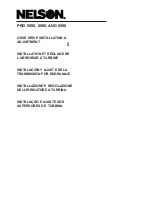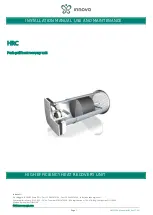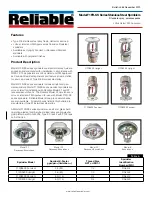
1.4 The correct way to add salt:
A) Turn on the pool circulation pump and let the water circulation begin.
B) Turn off the chlorinator.
C) Test the current salt level of the pool.
D) Calculate the amount of salt needed to add to the pool.
E) Add salt to the pool around the side of the pool, allowing the salt to dilute quickly and
evenly in the water. Do not allow salt to accumulate at the bottom of the pool. If necessary,
stir the water at the bottom of the pool to allow the salt to completely dissolve.
F)Run the circulation pump for 24 hours to allow the salt to distribute evenly in the pool.
G)24 hours later, test the salt concentration of the pool again to see if it has reached the
optimum level.
H)When the pool salt concentration has reached the desired level, turn on the salt
chlorinator and other equipment. Once the chlorinator has started, set the desired level of
chlorine production.
1.5 Reduce the salt concentration:
The only way to lower the salt concentration is to drain some of the pool water and replace
it with fresh water.
1.6 To reduce the loss of chlorine due to the UV radiation on the water of the outdoor pool,
you should add Cyanuric acid of 20-70 mg / l as a chlorine stabilizer.
2. Maintenance of salt chlorinator
2.1 life span of the electrolysis cell
a) Salt concentration: it is very important that the water of your pool has sufficient salt
concentration, otherwise the cell will break down prematurely if you let it work
permanently in salt-poor conditions. It is important to add salt if the unit shows the "salt
deficiency" indication.
b) Low temperature operation: do not operate the system at low water temperatures
(below 15 degrees). As an alternative, there are some hibernation products that keep the
water in good condition during the winter. If you do want to use it at low water, consider
lowering the maximum production value, for example, set it to 50% instead of 100%
c) Reversal frequency: the unit has an automatic reversal frequency.That way the cell cleans
itself of limescale.
d) Inadequate cleaning: If you notice any scaling between the cell electrodes, clean them as
indicated in the periodic maintenance table. Do not allow the cell to operate for long in
these conditions.
2.2 Checks
Regular checks and periodic maintenance
o Regularly verify the operation of the electrodes and settlements by measuring pH and
chlorine content with an alternative method (color measurement). If necessary, adjust the
setpoints of the installation.









































